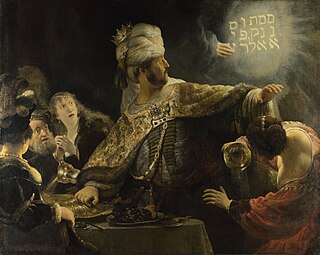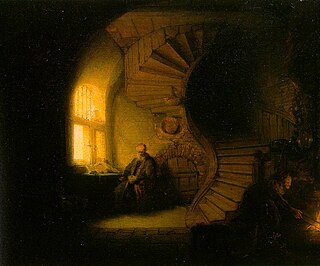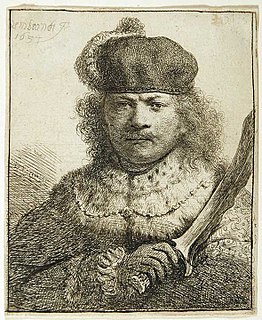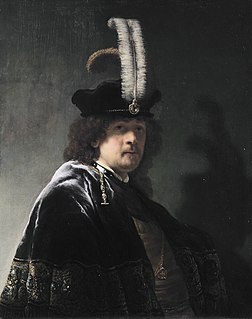| Bob Haak | |
|---|---|
| Born | 22 January 1926 Amsterdam |
| Died | 15 May 2005 Amsterdam |
| Nationality | Netherlands |
Bob Haak (22 January 1926 – 15 May 2005) was a Dutch art historian known mostly as one of the founders of the Rembrandt Research Project.
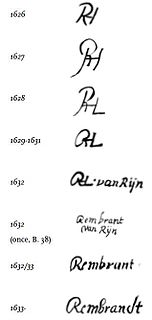
The Rembrandt Research Project (RRP) is an initiative of the Nederlandse Organisatie voor Wetenschappelijk Onderzoek (NWO), which is the Netherlands Organization for Scientific Research. Its purpose is to organize and categorize research on Rembrandt, with the aim of discovering new facts about this Dutch Golden Age painter and his studio. The project was started in 1968, but has since become the authority on Rembrandt and has final say in whether a painting is genuine.
Contents
From 1954-1963 he worked in the department of paintings at the Rijksmuseum Amsterdam. From 1963 he was curator at the Amsterdam Museum, the museum which today is still the formal owner of the Rembrandt paintings on show at the Rijks, including The Night Watch . In 1956 he worked on the Rembrandt commemorative exhibition in the Rijks, where certain paintings were on show which hadn't been back to Amsterdam for decades, such as the pendant portraits of Maerten Soolmans and Oopjen Coppit. [1] It was during this project that involved leading Rembrandt experts that Haak first got the idea to start a research project to assist in correct attributions. It was his opinion that much of Rembrandt's attributed work at that time was in fact the work of prominent Rembrandt pupils, each of whom deserved attention for their own qualities and achievements. The pressure to keep a Rembrandt attribution was (and still is) often too high however to do much about it.
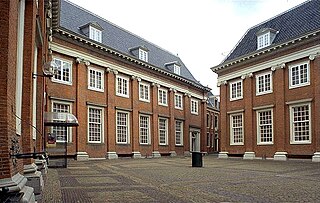
The Amsterdam Museum, until 2011 called the Amsterdams Historisch Museum, is a museum about the history of Amsterdam. Since 1975, it is located in the old city orphanage between Kalverstraat and Nieuwezijds Voorburgwal.

Militia Company of District II under the Command of Captain Frans Banninck Cocq, also known as The Shooting Company of Frans Banning Cocq and Willem van Ruytenburch, but commonly referred to as The Night Watch, is a 1642 painting by Rembrandt van Rijn. It is in the collection of the Amsterdam Museum but is prominently displayed in the Rijksmuseum as the best known painting in its collection. The Night Watch is one of the most famous Dutch Golden Age paintings.
The pendant portraits of Marten Soolmans and Oopjen Coppit are a pair of full-length wedding portraits by Rembrandt. They were painted on the occasion of the marriage of Marten Soolmans and Oopjen Coppit in 1634. Formerly owned by the Rothschild family, they became joinedly owned by the Louvre Museum and the Rijksmuseum in 2015 after both museums managed to contribute half of the purchase price of €160 million, a record for works by Rembrandt.









